Reality Check: Is Your Operation Ready for AI on the Front Line?
Everyone’s “doing AI.” At least, that’s what the press releases and marketing say.
If you’re an operations leader managing a deskless workforce, you’ve probably been pitched some version of AI magic already: things like predictive scheduling, instant troubleshooting, “smart” training modules that claim to know your people better than you do. But here’s the uncomfortable truth: most organizations aren’t ready for AI. AI pilot programs are having a rough go of it.
Not because the tools don’t work. Because the environment isn’t ready to make use of them.
AI doesn’t fix broken workflows, disconnected systems, or poor communication. It just shines a brighter light on them. Or, more accurately, it automates them faster. If your processes are messy, AI will make the mess more efficient.
That’s why readiness matters. Not readiness in the IT sense. I’m talking readiness in the human sense. It’s time for a quick reality check before you start writing checks.
Start with the Foundation: Business Value
AI should solve a business problem, not just scratch a curiosity itch.
Ask yourself: What’s the cost of not doing this? If you can’t answer that, you’re probably not ready yet. Thinking from the point of view of absence, or the missed opportunity cost, will help you determine if this is a necessary effort or just a vanity project.
I call this first step Business Value. It’s the “B” in my BUILDS framework from Shock of the New. If you can’t clearly connect AI to measurable outcomes like reduced downtime, faster onboarding, or fewer safety incidents, it’s not a strategy — it’s a side quest.
AI that doesn’t deliver clear value is just an expense.
Make It a Great User Experience or Don’t Bother
If your deskless employees can’t access it, they won’t use it.
Frontline staff are often juggling tools, gloves, and time pressures. They need solutions that are frictionless, voice-driven, and embedded in the flow of work. They don’t need apps buried behind six logins and a forgotten password. They don’t need AI that is tough to access and even tougher to use when on the job.
User Experience — the “U” in BUILDS — is your first practical filter. If you’re not testing new tech on a mobile device in the environment it’ll be used, you’re testing in fantasy land.
AI has to meet your people in their natural habitat, not in IT’s sandbox.
Know the Impact Before You Deploy
AI shouldn’t just make things faster; when done right, it should make things better.
The “I” in BUILDS stands for Impact, and this is where many organizations fall short. They measure efficiency, but forget about morale, job satisfaction, collaboration, and other human factors. They celebrate automation, but ignore whether employees feel replaced or empowered.
If your supervisors are spending more time interpreting dashboards than leading teams, you haven’t improved the system, you’ve just complicated it.
Real impact shows up in retention, engagement, and fewer after-hours phone calls from the floor.
Learning, Not Just Compliance
Deskless employees don’t need another system; they need support.
The “L” in BUILDS is Learning Models, and it’s where AI can quietly shine. The best tools don’t replace training — they reinforce it. They surface job aids at the exact moment someone needs them. They transform learning from a scheduled event into an ongoing, invisible helper. They create fun, meaningful and useful learning experiences.
AI’s best work happens when it’s so embedded, people forget they’re using it.
If your AI tools don’t make it easier for people to grow their capability, they’re missing the point entirely.
Dependencies: The Unsexy Truth
Here’s the part everyone skips: Dependencies. It’s the D in BUILDS, and honestly, it can be a bit of a downer.
Before you buy an AI solution, take stock of what’s already under the hood.4512
Are your systems connected?
Is your data clean and accessible?
Do you have someone responsible for data governance, or are you just winging it?
AI can’t run on wishful thinking. You need stable Wi-Fi, good data hygiene, and leadership alignment before you start experimenting. Otherwise, you’ll end up with yet another “innovation” that fizzles after the pilot.
AI without clean data is like a shiny new espresso machine with no beans and no clean water source. It looks cool and certainly has potential, but it’s useless without the fuel needed to provide the end product.
Watch the Signals
Finally, the “S” in BUILDS — Signals.
AI isn’t static. What’s cutting-edge now will look ancient in two years. The trick is staying curious without being distracted.
Keep an eye on technologies that matter to your environment. This could be things like voice interfaces, AR overlays for job aids, predictive safety systems. But also watch the ethical signals: data privacy, worker consent, and transparency. The companies that get those right will have the competitive edge and the trust of their workforce.
The Bottom Line
AI isn’t coming to save your operation. It’s coming to amplify it.
If your culture is strong, your processes are stable, and your people are engaged — AI will multiply that success. If not, it’ll multiply the chaos. You need to adapt to the concept that readiness isn’t a checkbox; it’s a mindset. Start small, stay grounded, and make sure every AI project aligns with the BUILDS principles — business value, user experience, impact, learning, dependencies, and signals. Because the future isn’t about who adopts AI first.
It’s about who uses it well.
